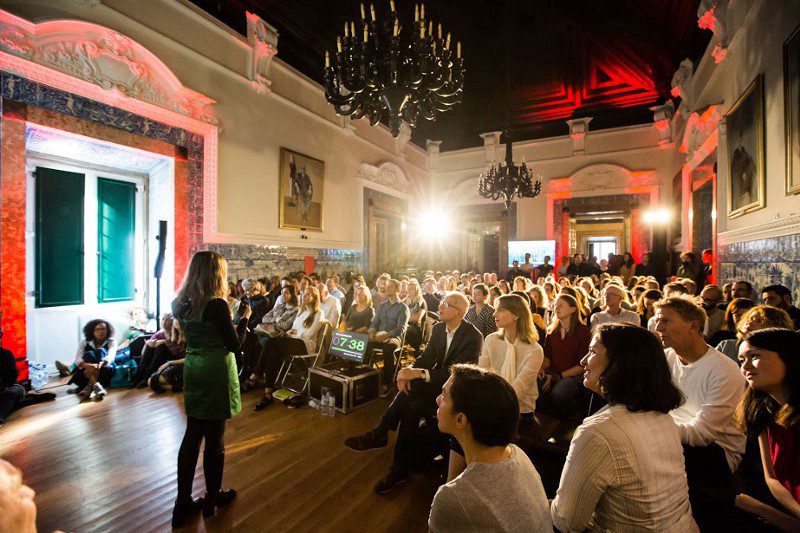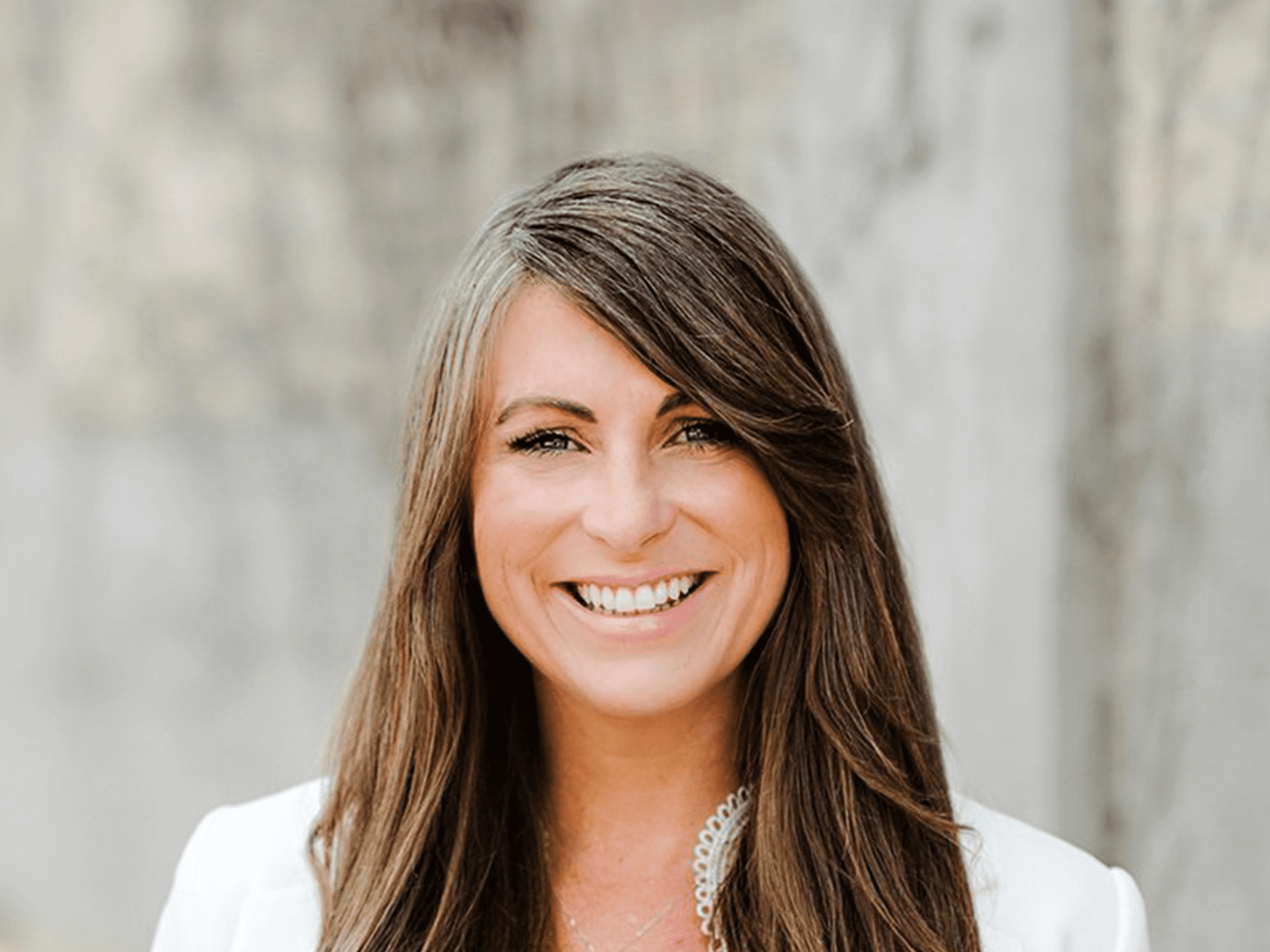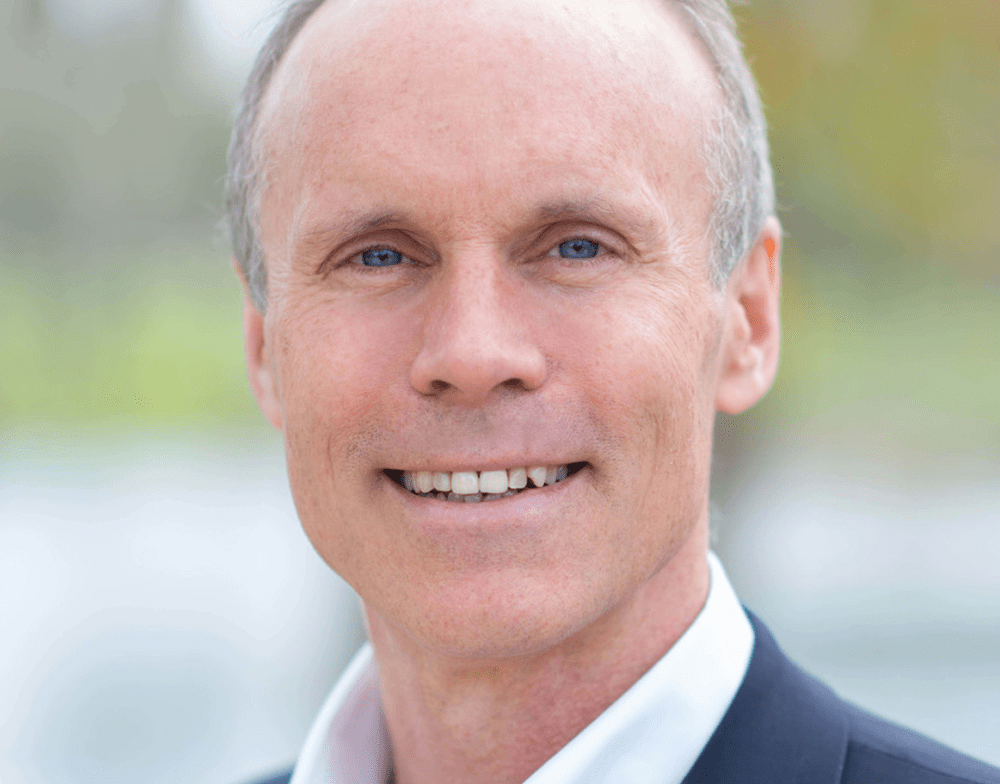Organization » Page 2
The nature of work and organization is shifting in fundamental ways, offering leaders new opportunities to think about the humanity of business, leadership, boards & governance, smart simplicity, future of work, diversity, equity, & inclusion, and family businesses.
Humanity of BusinessView All
Employees—and the organizations they work for—are increasingly seeking purpose and meaning. What is the role of business in society?
Can Management Be Beautiful?
What are the limits of "scientific management" and its associated mindset and toolbox? And what is the alternative? We delve into what we know from the arts, history, and philosophy about the power of beauty to inspire, unleash and unite.
Deep Purpose with Ranjay Gulati
Organizational scholar and professor at Harvard Business School, Ranjay Gulati shares insight into his latest book, introducing the concept of “deep purpose” in achieving company-wide commercial value and social good.
Management Lessons from Chinese Business and Philosophy
Learn how Chinese entrepreneurs -- long guided by Confucianism's emphasis on authority and regulation -- are now looking to Taoist philosophy for a new, dynamic leadership style.
Getting Uncomfortable on Purpose
Setting a purpose is an easy exercise to pursue when no discomfort or change is involved. The purpose of purpose is to change the current reality, not to justify it.
The Humanization of the Corporation
Our research leveraging natural language processing shows that firms pursuing a purpose have been rewarded by faster growth, higher employee engagement, and, paradoxically, superior financial performance.
The Human Future of Business: Hints for Future Gazers
During Web Summit in Lisbon, the House of Beautiful Business convened an eclectic group of thinkers and makers to craft a human vision for the future of work and business.
LeadershipView All
How can leaders be most effective in the face of unprecedented complexity, and what makes for good leadership?
Fighting Covid — Lessons in Leadership From the Great Commanders
Grant at Shiloh and the Executive’s Trinity
CEOs Reflect on Leadership in Perilous Times
Most CEOs recognize that they are facing what will likely be the largest test of their tenures. Learn what effective leaders are doing now to move their people and their organizations forward.
Leadership Matters: When, How Much, and How?
How much impact do CEOs have on their firms? And what differentiates top-performing CEOs? We studied the tenures of 7,000 CEOs worldwide to identify how much and how they affected their companies’ performance trajectories, after adjusting for other factors.
When Leadership Matters Most
Most leaders haven’t dealt with a crisis of this magnitude. Here are the traps to avoid and the principles to heed.
The Case for Corporate Statesmanship
We can define corporate statesmanship as the action of a company, and in particular of its CEO, to intervene in public affairs to foster collective action in support of the common good beyond the scope of his or her enlightened self-interest.
How to Regain the Lost Art of Reflection
Executives spend too much time on information processing, reaction and execution, and not enough on slow, deliberative, reflective thinking.
Boards & GovernanceView All
As change in the business environment accelerates, it requires the same of not only businesses but also their boards of directors.
How Boards Work with Dambisa Moyo
Moyo argues that today’s boards have three main tasks: shaping the company strategy, selecting leaders (in particular, the CEO), and safeguarding the company’s culture, ethics, and values. She provides valuable advice on how these central tasks can be executed effectively.
The End of Bureaucracy, Again?
Despite massive changes in the business environment, bureaucracy has shown remarkable staying power. In this piece, we explore the nature of bureaucracy and whether and how emerging challenges will require leaders to reinvent their organizational models.
The Heart of CEO Effectiveness
Chiefs of staff and administrative assistants play an often-unheralded but critical role in harnessing their bosses' time and energy and amplifying their effectiveness.
Leadership Matters: When, How Much, and How?
How much impact do CEOs have on their firms? And what differentiates top-performing CEOs? We studied the tenures of 7,000 CEOs worldwide to identify how much and how they affected their companies’ performance trajectories, after adjusting for other factors.
The Board’s Role in Strategy in a Changing Environment
As change in the business environment accelerates, it requires the same of not only businesses but also their boards of directors.
Smart SimplicityView All
Learn how "smart simplicity" can help organizations identify and resolve unnecessary complexity and deliver lasting, measurable change.
The Social Economics of Work and Productivity
The pandemic unleashed a global experiment in productivity and performance. Just as public health officials have much to learn from the crisis, so too do corporate executives.
How the Lockdown Unlocked Real Work
The experience of work during a time of pandemic has revealed a hidden driver of organizational performance: relational productivity.
A New Approach to the Intractable Problem of Climate Change
To overcome climate inaction, we must understand the rationale for individuals’ behaviors, identify the groups that could change those behaviors, and work with those groups to transform vicious cycles into virtuous ones.
The End of Bureaucracy, Again?
Despite massive changes in the business environment, bureaucracy has shown remarkable staying power. In this piece, we explore the nature of bureaucracy and whether and how emerging challenges will require leaders to reinvent their organizational models.
Fighting Hunger and Other Complex Problems with Smart Simplicity
Applying a new approach to chronic child hunger in Tanzania yields powerful lessons for governments and organizations that are tackling other tough challenges.
Bringing Managers Back to Work
Companies are revolutionizing how people work. Now they need to transform how managers manage.
Future of WorkView All
The way we work is rapidly evolving. What could the future of work look like and what are the new challenges and opportunities?
The Burnout Epidemic with Jennifer Moss
Burnout is real, and it has increased significantly since the pandemic struck. Moss's new book attempts to explain burnout and provide strategies to navigate these challenging times.
Home-Working Kills Innovation and Creativity
The best companies will get back to the office — it’s the only way workers can read the room and optimally align their interactions.
Remote Work Revolution with Tsedal Neeley
The rapid changes brought on by Covid-19 were unprecedented, but remote work (and the concerns that accompany it) is not new. In her book, Neeley provides evidence-based answers to these pressing concerns as well as practical guidance for internalizing and applying best practices.
The Hidden Tradeoffs of Working From Home
Together with Humanyze, a startup focused on workplace analytics, we looked at how the pandemic has shaped how we interact and work.
A Strategic Approach to On-Demand Talent
The expansion of remote work and a dynamic need for new capabilities have given way to an on-demand talent model that allows companies to expand or contract their access to specialized, experienced workers as required.
Fostering Organizational Stamina
By helping preserve energy, novelty, motivation, and peace of mind, leaders can build the stamina in their organizations.
Winning the ’20s: Company of the Future
Today’s organizations were designed for stability. Tomorrow’s must accommodate change and uncertainty—by accelerating learning, combining people and machines, leveraging ecosystems, and continually evolving.
Diversity, Equity, & InclusionView All
Diversity, equity, & inclusion is a moral imperative, but it's also becoming a powerful business requirement. How can organizations embrace it?
The CEO Agenda for an Era of Innovation Without Borders
There is now a window of opportunity to build bridges for skilled global talent that would ignite innovative growth. It’s not politicians but business leaders who hold the keys to make this happen.
Reinventing Gender Diversity Programs for a Post-Pandemic World
When money no longer buys happiness, companies must rethink their approach to DEI.
A Fresh Look at Diversity and Innovation
A first report in a series that explores the innovative potential arising from the global movement of skilled workers and examines the implications for CEOs and policymakers.
Winning the ’20s: The Business Imperative of Diversity
Companies that increase the diversity of their workforce on multiple dimensions, and create an environment that welcomes new perspectives, boost their capacity for innovation and their ability to withstand the unexpected.
How and Where Diversity Drives Financial Performance
There is a statistically significant relationship between diversity and innovation
Diversity at Work
Diversity in large organizations continues to be elusive, in spite of prolonged efforts and investments and the proliferation of diversity initiatives across companies.
Family BusinessesView All
Running a family business is complex and has unique challenges and opportunities. What are the best strategies to manage these organizations?
Untangling Conflict
Drawing on decades of lessons learned from supporting families and the businesses they own, the book brings conflicts to life through the lens of a fictional family and the business conglomerate they own.
The Family Business Handbook with Rob Lachenauer
Lachenauer, the CEO of BanyanGlobal argues that family businesses can represent both the best and worst forms of capitalism. He outlines what separates the best from the worst, and describes the steps needed to build enduring family businesses.
The Soft Rules of Family Businesses
Conflicts arising from emotions are rarely about material issues like money or other matters of self-interest. These "soft" issues are often harder to resolve than the "hard" stuff.
Great Family Businesses Need Good Governance
By anticipating and addressing key issues, family owners can reduce risk, manage conflict, and promote prosperity.








































